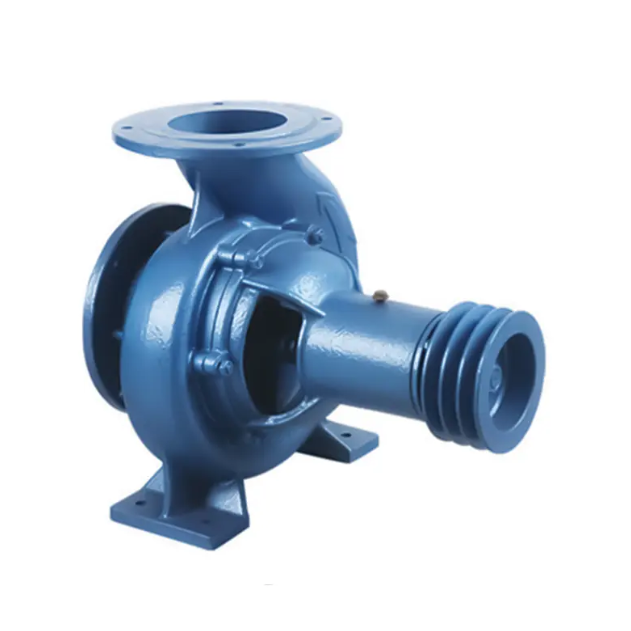The irrigation pump head determines how water is distributed across a field, making it a critical component in the overall irrigation system. It is defined as the total energy required by a pump to move water to the desired height and pressure. Choosing the right pump head value ensures reliable and uniform water supply.
Many irrigation systems function across variable terrain, which introduces challenges for water delivery. For instance, if crops are located at different elevations, the irrigation pump head must accommodate these changes to maintain flow consistency. This requires calculating both elevation differences and resistance from pipework.
Incorrect estimation of irrigation pump head can cause either underperformance or overexertion. A pump with insufficient head may fail to push water through the entire system, leaving sections of the field dry. On the other hand, a pump with too high a head may cause excessive pressure that damages pipes and fittings.
Key considerations include the length and diameter of pipelines, elevation changes, flow rate targets, and irrigation method (such as drip or sprinkler systems). Each of these factors influences the pressure loss and, therefore, the total head needed.
Farmers often consult flow charts or use software tools to estimate the necessary irrigation pump head. These tools incorporate system layout and desired pressure, making the process more precise. Additionally, variable speed drives can help adjust pump performance as system demands shift during the irrigation cycle.
Regular monitoring and adjustments can keep the irrigation pump head aligned with actual field conditions. Seasonal changes, equipment wear, or expansion of the irrigation area can all impact the head required. Periodic recalibration helps maintain system balance.
By focusing on the right balance in irrigation pump head, users can achieve effective water coverage with fewer disruptions. This contributes to crop health and supports efficient resource use in both small-scale and larger farming operations.

